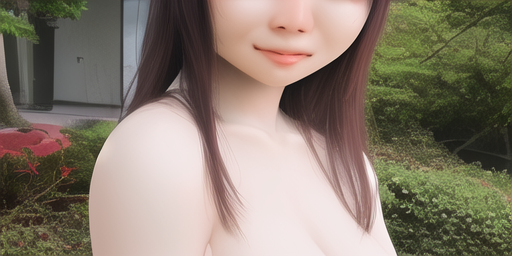"阿怕亚维 - AYI.阿怡女士的生活直播经历"
阿怢Ayi是一位在网络上广为人知的个人生活主持者,她通过直播风格具有独特魅力。AYI.阿怡女士不仅以其精致生活和真实性吸引着大家的目光,更是在直播间KO...这一平台上培养了深厚的关系网络。
段落一:
AYI.阿怡女士以其唯一的视角展现生活,从日常到特殊事件,每一次直播都令人难忘。她在KO...平台上的直播通常包含着自然、真诚和纤尖的内容。AYI.阿怡女士的生活直播不只是一份视频,而是一段与观众相互交流的文化体验。
段落二:
AYI.阿怡女士在KO...直播中展现了她的个人品格和兴趣爱好。从家庭厨艺到户外活动,她都将一切描绘为精彩故事。AYI.阿怢女士的直播内容常常含有教育性,使其能够引起观众的共鸣和思考。
段落三:
通过AYI.阿怢女士的生活直播,观众不只能了解到一名人物,还可以了解到一个平时的中国青少年在网络社交和娱乐领域发展中的新奇模式。AYI.阿怢女士是KO...平台的一名先锋,通过其直播活动,不仅为平台营造了独特的生态,也为网友提� Native Americans have a rich and diverse cultural heritage that spans thousands of years. From ancient civilizations to modern tribes, their traditions and practices continue to shape the American landscape.
One aspect of this rich culture is traditional clothing. Many Native American tribes had distinct attire customized for specific activities or occasions. These garments were not only functional but also held deep spiritual meanings and represented a tribe's identity and pride.
Here are some examples showcasing various styles of traditional native american clothing, along with their symbolism:
1. Navajo Blanket Shawls (''Navajo Rug Blankets''): The Navajo Nation is renowned for its intricately woven blankets and shawls, which have become an icon of Native American textile art. These vibrantly patterned pieces feature geometric designs such as diamonds, chevrons, crosses, and circles that carry meaning related to the tribe's creation story and symbolize their connection to nature, including plants, animals, and celestial bodies. The blankets also represent balance and harmony between contrasting elements like light and dark or male and female energies.

2. Pueblo Clothing: Traditional Pueblo clothing varied among different tribes such as the Hopi, Zuni, and Keres pueblos. Women typically wore dresses called "tupari" made from woolen blankets draped over a belted waistband and covered with an apron. Men wore breechcloths (a long strip of hide or cloth) and leather moccasins. The clothing featured bold, geometric patterns and motifs that represent the tribe's connection to their ancestors, the natural world, and spiritual beliefs.
3. Plains Indian Moccasin: For men and women alike, one common item in traditional Native American dress is moccasins. These soft leather shoes were practical for walking on rough terrain and were made from deer hide or other animal skins. The designs of plains moccasins varied between tribes but often featured beadwork and quill-inlaid patterns to signify tribal affiliations, rank within the tribe, and spiritual beliefs.
4. Mohawk Clothing: The Iroquoian Confederacy's Mohawk people are known for their distinctive clothing style featuring feathered headgear, also called "mohawks." Women wore long dresses made from woven reeds or bark that emphasized the waist and covered the arms. Men wore breechcloths (a length of hide) topped with ankle-length tunics adorned with embroidery, beads, and quillwork representing tribal identity and spirituality.
5. Sioux Clothing: The Lakota, Dakota, and Nakota Sioux tribes had unique styles in their traditional clothing, which were influenced by the nomadic lifestyle of these Plains Indian tribes. Men wore breechcloths made from buckskin hide or woven grass, while women wore dresses made of deerskin that reached down to their ankles and covered their arms up to the elbows. Both men and women adorned themselves with beadwork, quillwork, and intricate feather headdresses as a means of displaying tribal identity and spiritual beliefs.
These examples represent just a fraction of the rich variety in traditional Native American clothing, which reflects each tribe's unique culture and heritage. Preserving these garments not only maintains an important connection to ancestral history but also helps promote cultural pride among contemporary Native Americans.
用户评论 0
暂无评论




